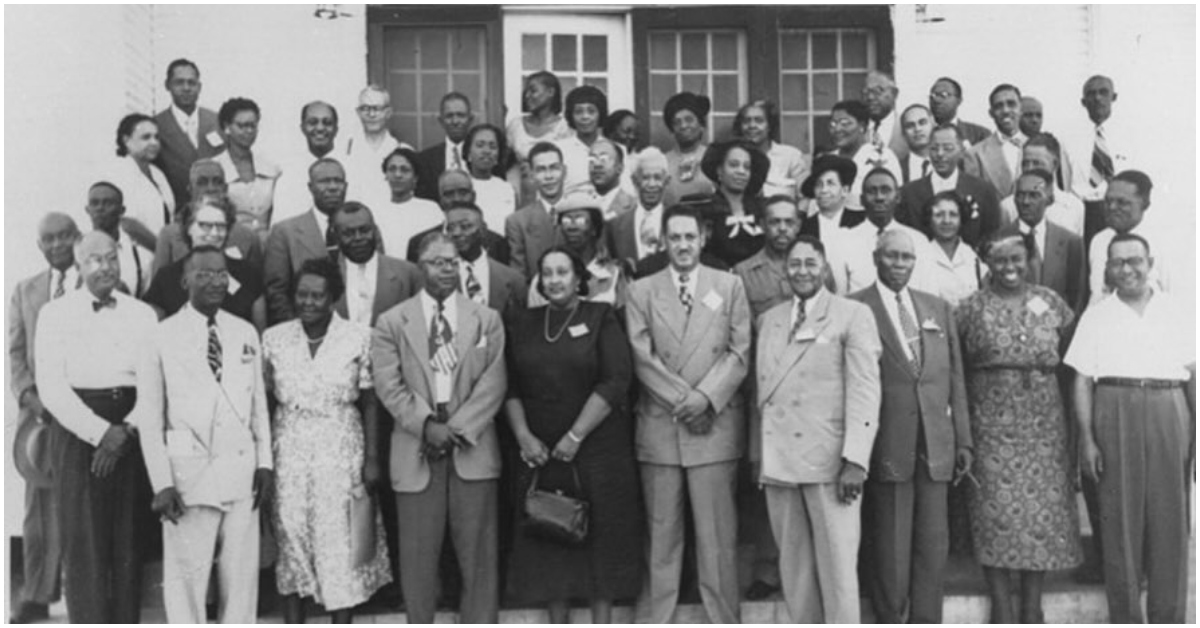Creating the Way for Diversity and Inclusion
More than six decades ago, a courageous group of African American students made history by becoming the first Black students to attend and integrate The University of Texas at Austin.
Known as the Precursors, these trailblazers faced immense challenges and adversity, but their unwavering determination and conviction helped shape the institution into the diverse and inclusive campus it is today.
A Legacy of Perseverance and Advocacy
The Precursors’ journey was not an easy one. They had to push for equal access and the right to participate in all aspects of university life, often facing discrimination and resistance along the way. However, their resilience and commitment to creating a better future for generations to come were unwavering.
“We took the hits,” said Precursor Rev. Sherryl Griffin Bozeman. “We took the licks because it was worthwhile to open the doors of UT for everyone.”
Ensuring Support for Future Black Students
Despite the obstacles they encountered, the Precursors do not harbor resentment. Instead, they have returned to campus with a mission: to ensure that future generations of Black students at The University of Texas at Austin receive the support they need to thrive.
Through their efforts, the Precursors have actively worked to create a shared modern history and enhance the experience of Black students on campus, collaborating with the university’s Division of Campus and Community Engagement and student groups.
Honoring Legacy and Continuing the Fight
The Precursors’ courage and convictions have not gone unrecognized.
At the 25th Anniversary of the Heman Sweatt Symposium on Civil Rights, the alumni group and several of its members were honored with Heman Marion Sweatt Legacy Awards for embodying the spirit and legacy of Sweatt, the first Black student to attend the University of Texas School of Law in 1950.





